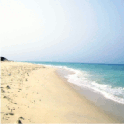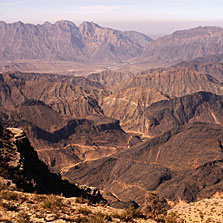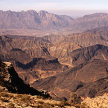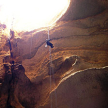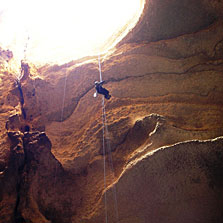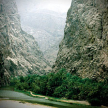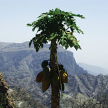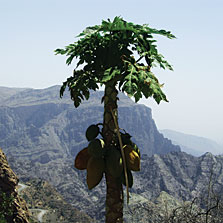Mountains, Caves and Wadis
Oman is considered the greenest country of the Arabian Peninsula and not without reason. About fifteen percent of the territory of the Sultanate is occupied by mighty mountains, with natural viewpoints opening fascinating natural landscapes and idyllic valleys. One part of the Hajar Mountains on a ridge above the Batina (coastal) plain is called the Jebel Ahdar (Green Mountain). The highest peak of this mountain range is the Jebel Shams, which is the Mountain of the Sun, and it is 3000 meters in height. In many places gorges or wadis (dry river beds) dissect basalt rocks. The most impressive wadi is the Wadi Nahr, which is located in the Grandee-canyon near to Jebel Shams. The Omani mountains are old and long influence of wind and water has led to significant erosion and formation of sets of caves in their bowels. The most significant and well-known of these caves called the Majlis Al Jinn, which is the Place of Genies. Local residents think that genies like to discuss matters there far from human view. The Majlis Al Jinn is one of the biggest caves in the world and it is reachable only by skilled climbers. Recently a most interesting cave, Al Hoota, located at the bottom of Jebel-Shams was opened for visitors. It is considered to be one of the most ancient in the world. Besides the unreal beauty of stalactites and stalagmites, it is possible to see a small lake with blind fish, which have never seen daylight. Tourists can visit a geological museum and have a chance of an amusing trip on a small underground train before the cave visit.
Fans of car rallying will enjoy a jeep-safari through deep wadis (wadi-bashing) overgrown with emerald palm trees. The mountains of Oman look like they were created for such out-door activity, which, besides wadi-bashing include bathing in small cool rock pools and mountain lakes and visiting small mountain villages surrounded by agricultural terraces.
<< back






